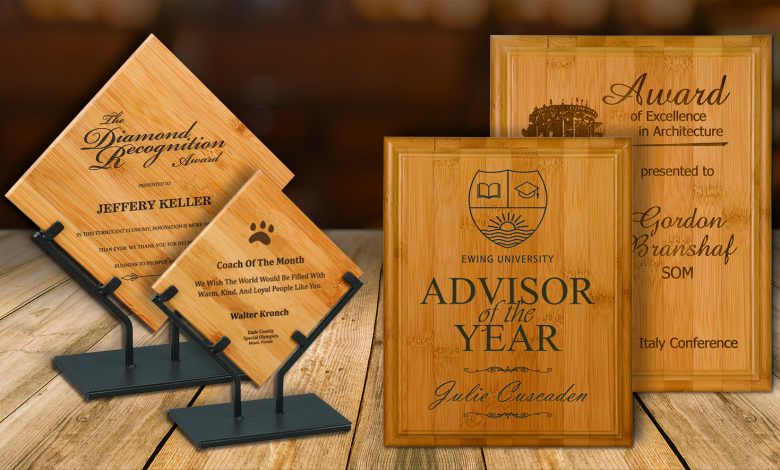How to Prepare Artwork When Engraving Various Substrates
Every laser is different, but there are some general rules of thumb you can follow

You can put the exact same vector-based artwork on multiple pieces from plastic, leatherette, metal, ceramic, acrylic, and wood and get different results. Wood, for instance, can come in many different hardness levels from walnut, which is hard and doesn’t leave much contrast, to pine, which is soft and leaves more of a contrast when lasered.
You don’t have to prepare the art any differently, but you can adjust your settings to your specific laser. With the wood example, knowing pine is soft, you won’t need much power to leave a mark and you’ll be able to set your speed fairly high, whereas the walnut is going to take a slower speed for more burn time and/or higher power.
Other materials like metal that would have a coating on them vary with how thick or thin the coating is.
There are some overall general rules you can follow, although every laser is different based on age, cleanliness, wattage, as well as the many different operating systems out there.
General Power Settings for Laser Engraver
- Higher burns deeper. Too much power sacrifices detail. Has no effect on running time.
- Lower burns shallower. Too little power sacrifices detail. Has no effect on running time.
- Doubling the power doubles the depth, and halving the power halves the depth.
General Speed Settings for Laser Engraver
- Higher saves time. Burns shallower and reduces detail.
- Lower increases time. Burns deeper but too deep may reduce detail.
- Halving the speed doubles the depth, and doubling the speed halves the depth.